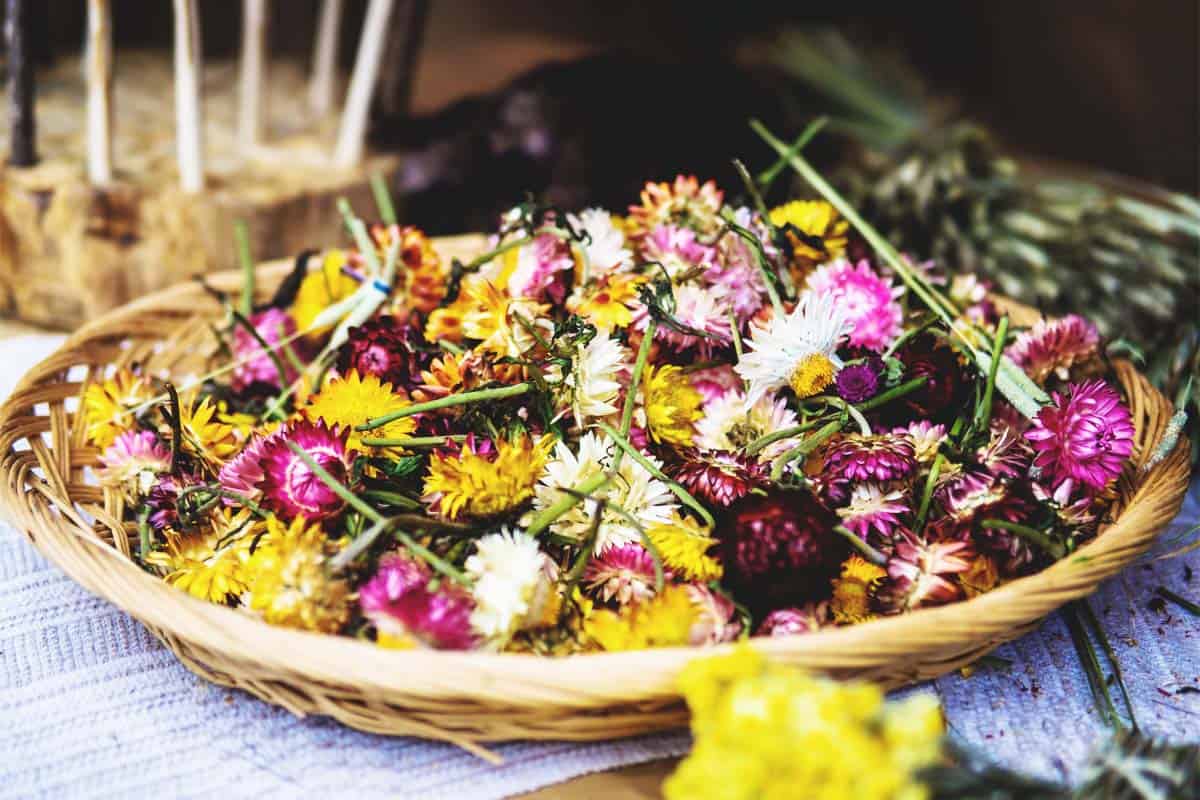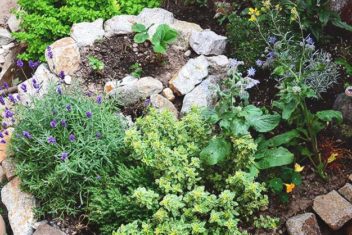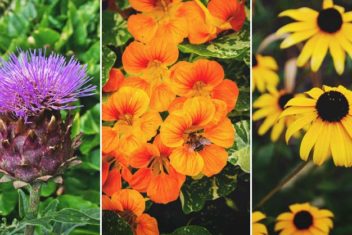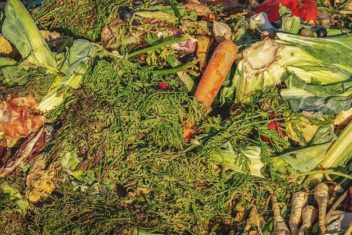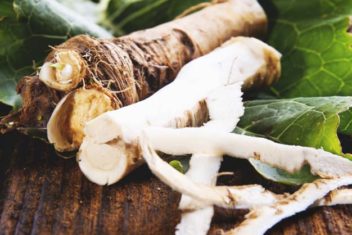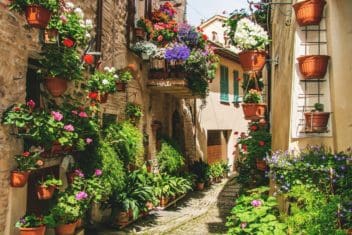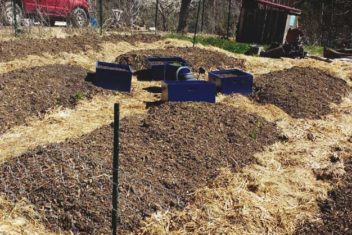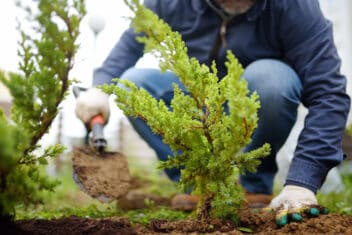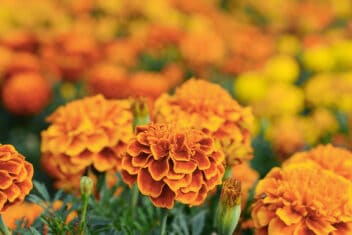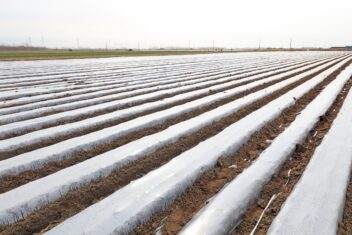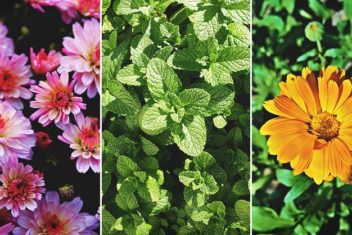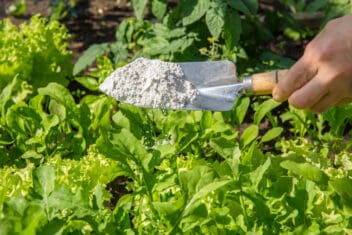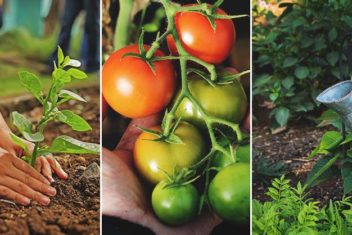Do you long for a bouquet of fresh-cut flowers even when your plants aren’t blooming? In winter, I find myself staring at a barren kitchen table longing for a splash of color. Drying flowers is a great way to preserve their beauty and bring some of the summer to your home year-round.
Dried flowers are obviously beautiful in arrangements, but they can also be used in crafts. They look lovely used in candles, wreaths, glass tiles, and everlasting bouquets. Some plants are dried for their flowers but others for their seed pods or interesting shapes.
You can also make a ton of cash selling dried flowers at the farmer’s market – either for medicine or as a decorative element. Interested? Here’s what to know.
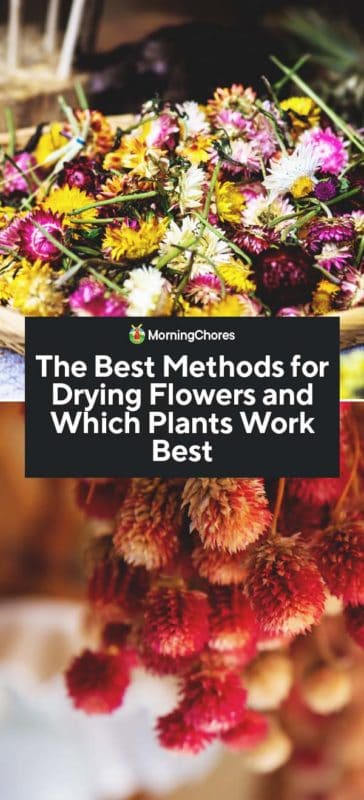
Best Flowers To Grow For Drying
Many flowers do well dried. Here’s my shortlist of the ones that I have found do the best.
Globe Amaranth (Gomphrena globosa)
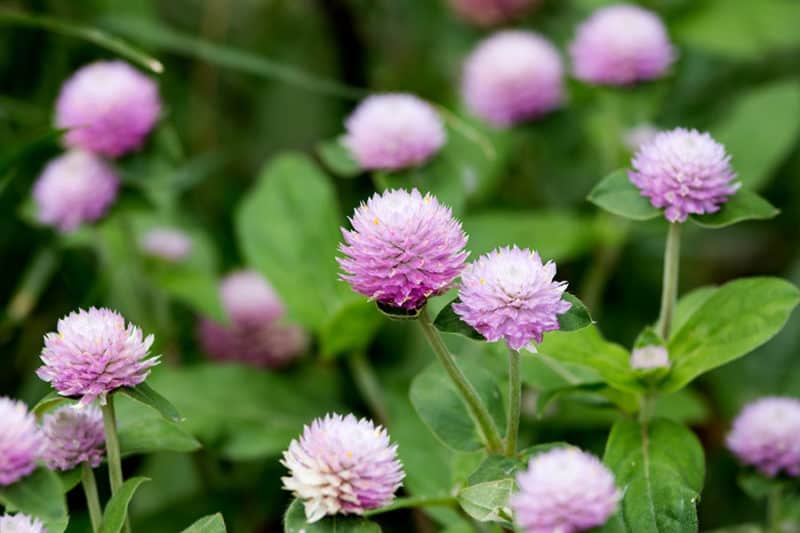
The workhorse of dried flower arrangements, like hydrangea, globe amaranth makes a full, showy dried flower bouquet. The dried flowers hold their shape and color well.
Easy to grow, they have button-like blooms that resemble clover buds and look fabulous in bouquets. It thrives in the summer heat when many other flowers are fading.
Start them indoors in trays four weeks before the last frost. Then transplant out after the danger of frost is gone.
The flowers are best dried by hanging. Harvest when the flowers first open. You can dry them with or without the stems depending on what your end product will be. In addition to bouquets, the flowers smell amazing in potpourri.
Strawberry fields is a gorgeous red variety. They also come in yellow, pink, purple, and white varieties.
Strawflower (Xerochrysum bracteatum)
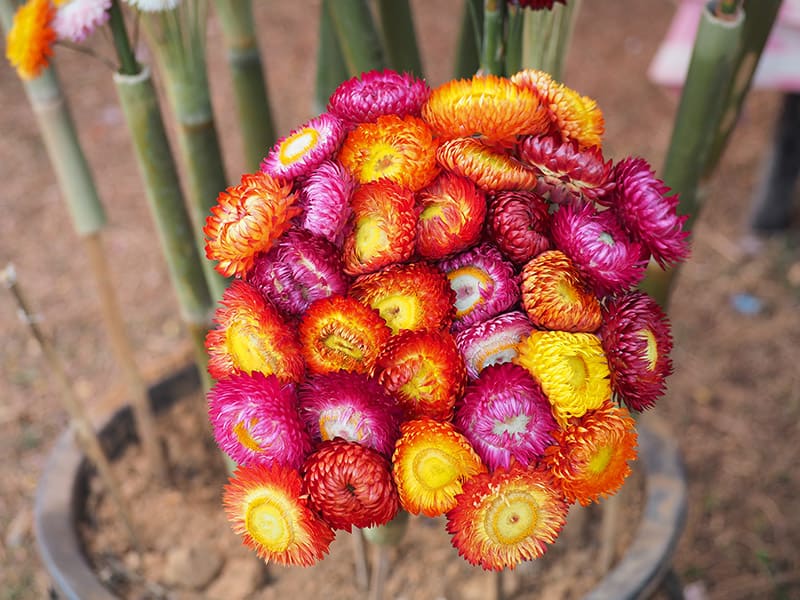
Starflower is a popular and easy flower to grow for drying. They hold their color and shape well during air drying.
Strawflowers come in a variety of colors like orange, red, pink, and yellow. Start seeds inside about six weeks before your last frost for best results. They need light to germinate, so pat them gently onto moistened starter mix.
Plant outside in a sunny location in soil that has lots of added compost.
Sundaze Blaze is a bi-color flower in yellow and orange and looks stunning dried.
Hydrangea (Hydrangea macrophylla)
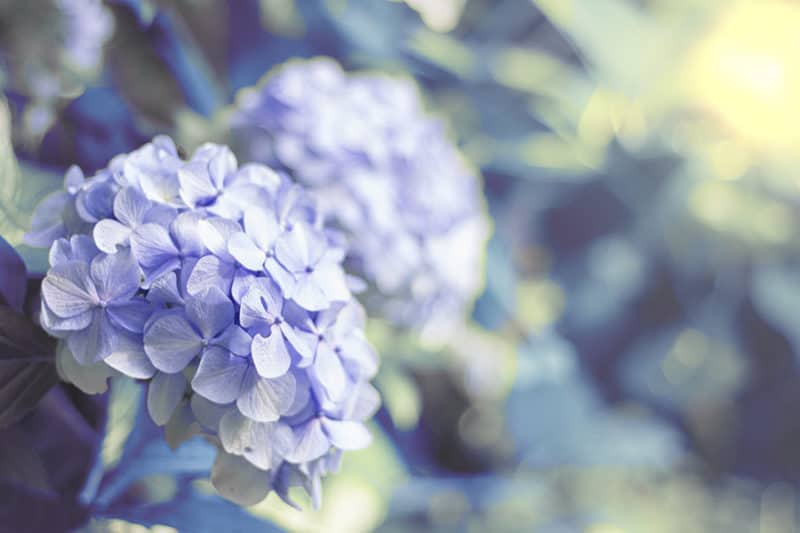
Hydrangeas are ideal flowers for drying because they have large flower heads that look fabulous when clumped together in a country basket or wide vase.
Hydrangeas are perennial bushes that grow well where there is morning sun and afternoon shade. They like moist, rich soil.
Hydrangeas are interesting plants because the flower color reacts to the soil pH. Acidic soils with a pH under 5.5 produce blue flowers; soils with a higher pH produce pink flowers. White flowers are unaffected by the pH of the soil.
Hydrangeas can be a bit tricky and cutting the heads at the right time is key. Harvest in fall after the blossom has started to dry naturally. You can air dry them or use silica for better color preservation.
For air drying, hydrangeas are handled a bit differently than other flowers. Don’t hang them upside down. Put them in a vase and let them dry upright. One of the fun things about drying hydrangeas is that they actually take on some different hues during the drying process.
Sedum (Sedum oblanceolatum)
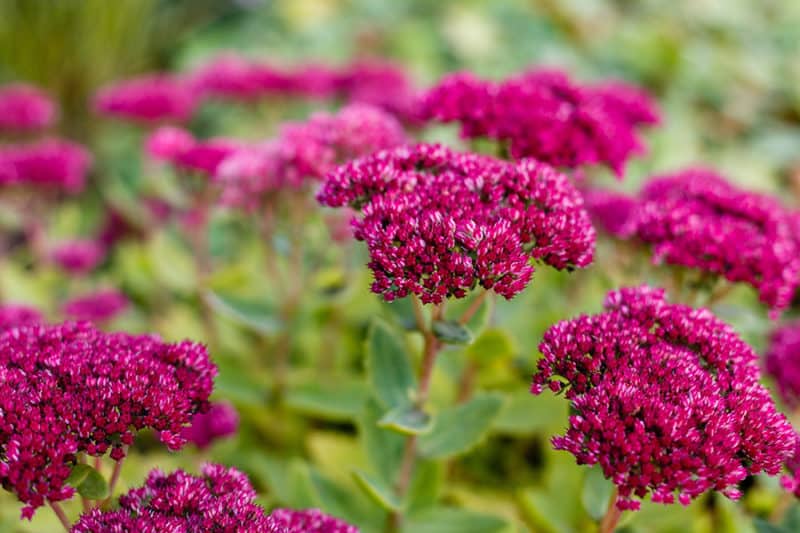
Sedums are a perennial succulent that needs full sun and well-drained soil.
Sedum stems are thick and full of moisture. As a result, the flower does best when dried quickly by dehydration or silica gel. If you air dry them they may begin to mold.
Two good varieties to try are ‘Autumn Joy’ or ‘Rosy Glow.’
Lavender (Lavandula)
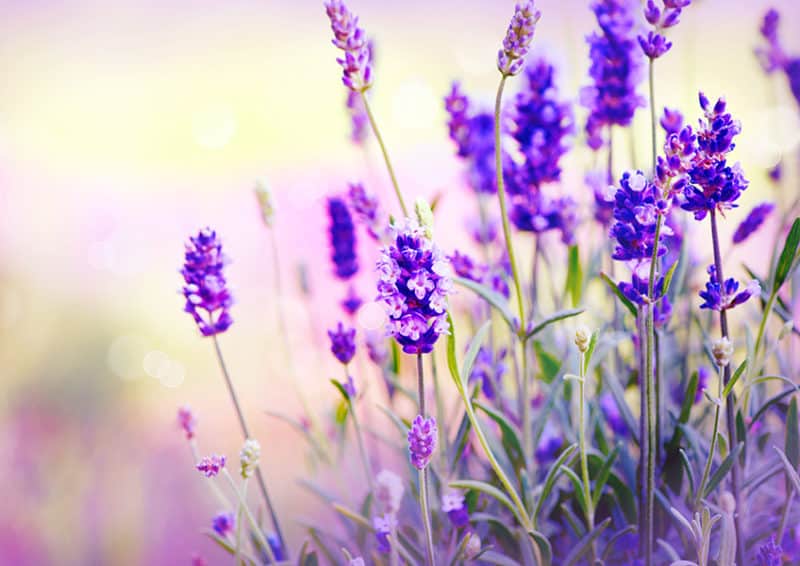
Lavender is a spectacular plant with many uses – cooking, herbal medicine, potpourri, and for making lavender bags or lavender sachets.
It holds its color and fragrance after drying, which is why lavender is wonderful in dried arrangements and for craft projects. Harvest lavender when the flowers are fully opened and it smells fragrant.
Lavender responds well to air drying or in a dehydrator.
Statice (Limonium)
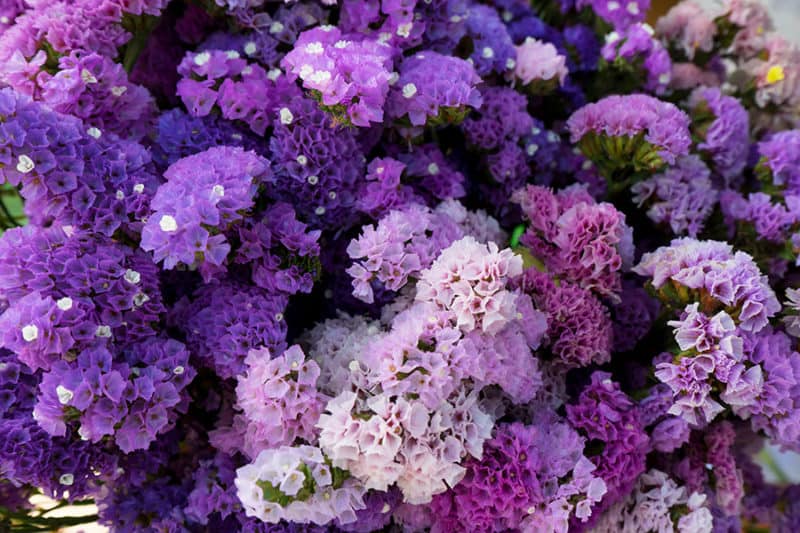
Another wonderful flower, statice, is great in fresh bouquets as a filler and does well either air drying or with desiccant. It comes in a range of colors including yellow, blue, lavender, red, salmon, white, and rose.
Start seeds indoors six weeks before your last frost. Sow seeds 1/4 an inch deep in a seed-starting mix. They prefer moist soil and a temperature of around 70°F. Seedlings are slow to emerge – at least three weeks – so be patient. Transplant out after all danger of frost has passed.
Make sure to cut blooms when fully open.
Cockscomb (Celosia cristata)

Cockscomb is a fun flower that comes in many unusual shapes. Celosia can be air-dried but also does well in silica gel.
Start seeds indoors six weeks before the last frost date for your area. Plant seeds in pre-moistened starter mix and cover lightly with soil. Keep soil moist.
Plumed celosia’s come in a variety of yellow and red hues. ‘Dragon’s Breath’ is a vibrant red color. Harvest when the flowers are almost completely open. They do well with air drying.
Crested celosia’s come in an array of colors. The flowers are thick and have a high moisture content. Make sure to dry them in a well-ventilated area to prevent mold growth.
Bells of Ireland (Moluccella laevis)
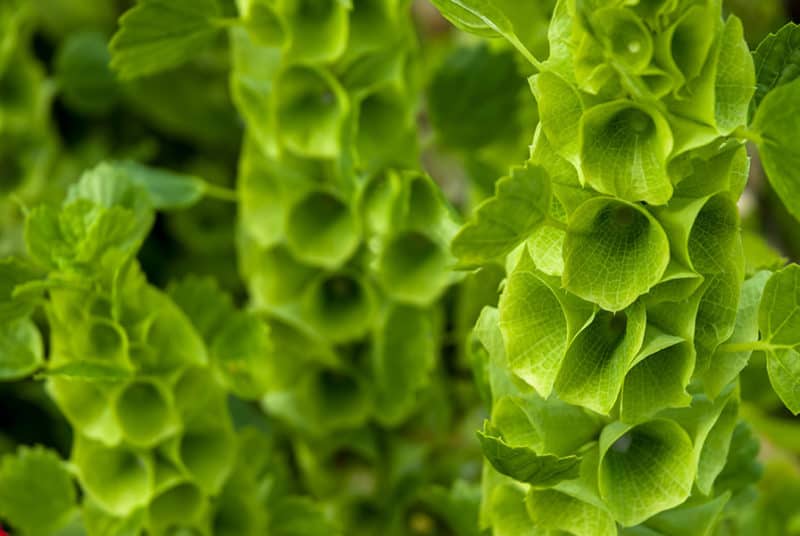
Belles of Ireland is such a unique looking flower. They add interest to dried bouquets and make a fun craft item.
The plants have a lemony-mint aroma that remains even after they have dried. This is a harder flower to dry successfully, as the dried flower bells crumble easily.
Harvest when the bells are fully open and hang the plant upside down in dry, airy place. The colors fade a bit during the drying process.
Ornamental Grasses (Carex sp.)
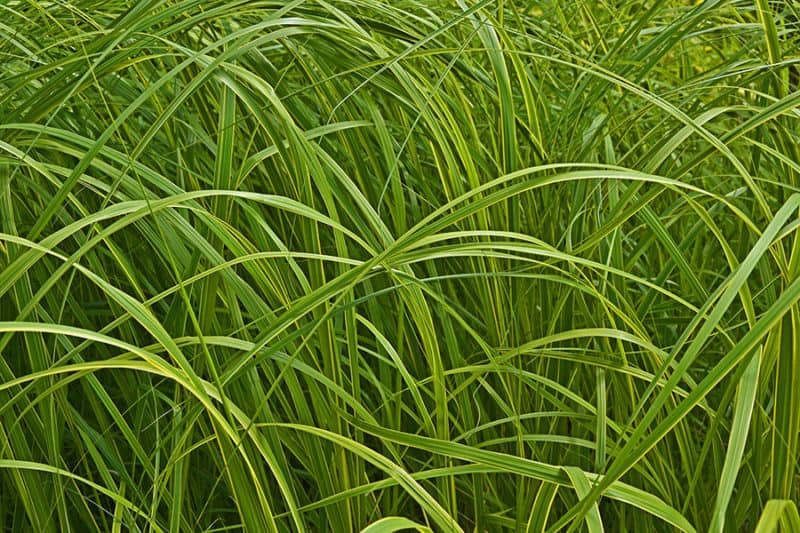
Don’t overlook ornamental grasses for your dried flower arrangements. They add a beautiful wispy feel to a bouquet. There are many types of ornamental grass you can grow that will add texture to the arrangements.
Some varieties to check out are bunny tails, wheat, silk grass, and pampas grass.
Common Milkweed (Asclepias syriaca)
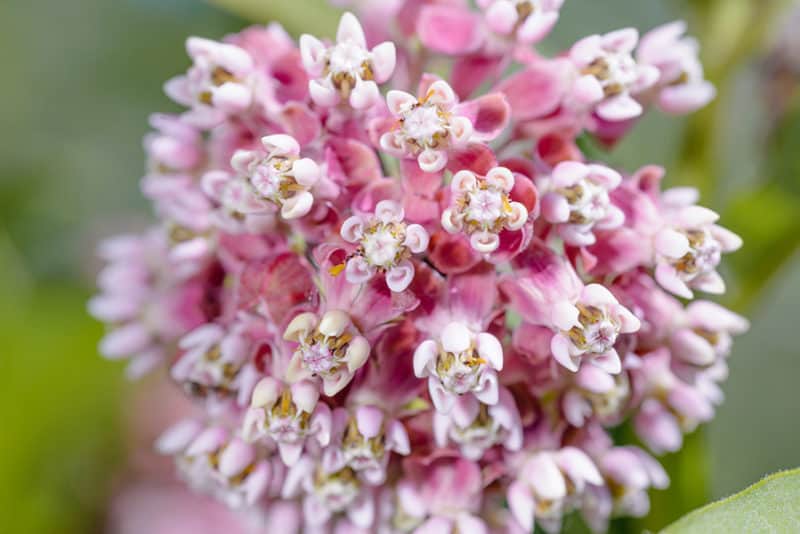
Milkweed is such a rewarding plant to grow, in part because it draws several species of butterflies. The seed pods are great for making crafts with. The dried pods form a little cavity, which is fun for making ornaments or little fairy houses.
Milkweed pods start to dry naturally on the plant before they open and scatter seeds. The best time to harvest the pods is shortly before they open.
You need to open the pods and remove the fluff and the seeds. You can separate the fluff if you wish to use it for crafts (it needs to be spread out and dried). Plant the seeds or spread them in the field to create more butterfly habitat!
Dry the pods in a dehydrator for about twelve hours or use silica gel for three or four days. Monitor them as they are drying to make sure they’re getting enough airflow and not mildewing.
Thistle (Cirsium vulgare)
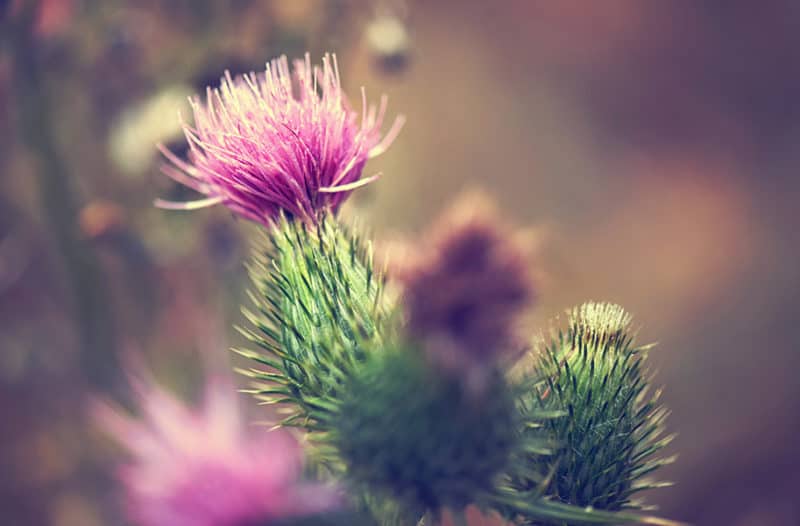
Break out the gloves! There are many types of thistles that make beautiful flowers. Just ask any butterfly.
Strip off the prickly leaves before drying. Thistles are hardy and beautiful when dry, but they take plenty of time to dry out.
Roses
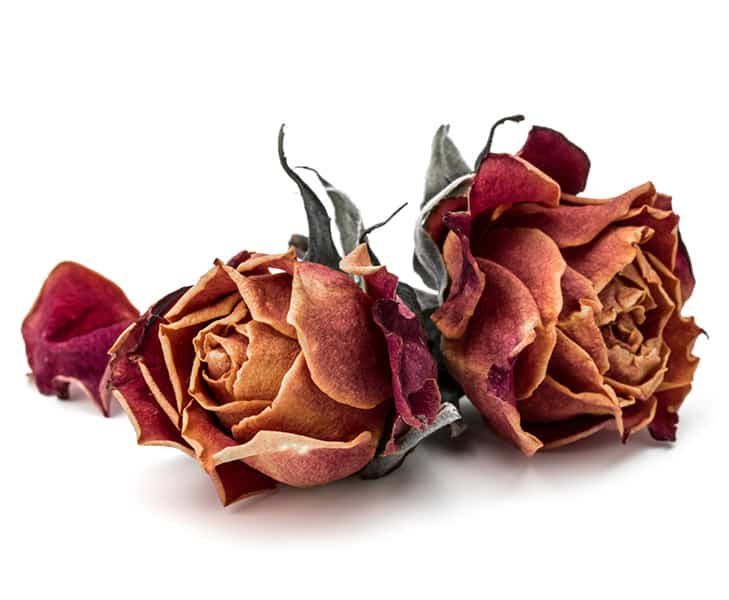
Roses are one of those quintessential plants that anyone who wants to dry flowers should have around. For the best blossoms, plant them in full sun and well-drained soil with plenty of compost.
If you want the showiest display possible, be sure to fertilize regularly.
You can dry them by hanging them, in a dehydrator, or with silica.
Yarrow
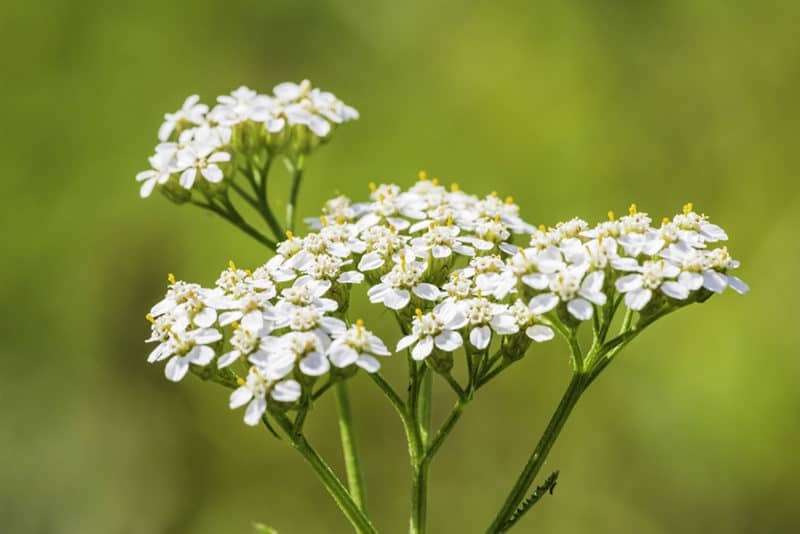
Yarrow has lacy leaves and delicate blossoms that look stunning alone or with other dried flowers. They need lots of sun, but yarrow isn’t particular about soil – it can even become invasive if left unchecked.
Yarrow is best air-dried because of its delicate composition.
How To Dry Flowers
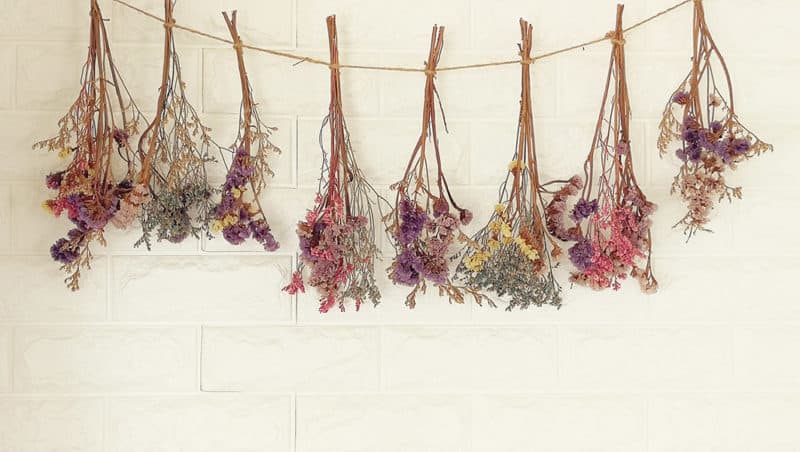
Drying flowers is no harder than drying herbs for when you can’t grow them fresh. There are several ways to dry your flowers:
Air Dry
- I handle flowers the same as I do herbs. Hang flowers upside down on an inside clothesline. Upside down is important so the stems dry strait. I use my back porch or the back of my workroom to hang flowers and herbs.
- Smaller flowers I put in loose bunches and bigger ones I hang individually. Tie the ends with a bit of string.
- Cover flowers with a brown paper lunch sack. First, take scissors and cut holes into the bag to allow air circulation. It also keeps dust and flies off. Use a rubber band to tie the bag shut. Hint: Make sure the flowers are not “resting” on the bottom of the bag.
- You may want to dry the flower head (no stem) for use in crafts. Lay them face up on an elevated screen or one of the collapsible hanging drying racks for herbs.
- It takes about three to four weeks for the flowers to dry. You can leave them as is or you can lightly coat them with hairspray. This helps to protect them and keep from fading. I personally, let them be natural.
- Store in plastic tubs or a dresser drawer to keep them safe.
Food Dehydrator
You can use your food dehydrator to dry flowers as well. Typically this works better when you want to dry just the flower heads or small flowers.
- Place flowers on the dehydrator trays with 1/2-inch between each one so that they have plenty of air circulation.
- Place your thickest flowers on the top tray nearest the fan.
- If you have several trays that you are drying, it’s best to stop every few hours and rotate the trays.
- When dehydrating small or delicate flower heads, petals or leaves, you can use the mesh inserts designed to fit your dehydrator. That keeps them from falling through.
- Use the lowest setting or the “herb” setting. Flowers typically need to dry for eight hours and stems for ten hours.
Silica Gel
You can buy silica gel from craft stores, seed companies, or online. It works well when drying fragile flowers and stems or pods that are thick with a lot of moisture.
Silica gel makes the flower dry out faster by absorbing the moisture. It is granular, looks like sea salt and it is reusable. Keep out of reach of young children since it resembles salt or sugar, and it’s toxic.
- To dry, spread an inch of silica gel in a shallow, airtight, plastic or glass container that has a lid.
- Place your flower heads on top of the silica. Then carefully cover the flowers with another inch of silica. Close the container and let it sit in a quiet spot for three to five days.
- Some types of silica gel have blue crystals that act as an indicator. They let you know when the silica needs to be microwaved in order to dry out again.
- Some flowers that benefit from silica gel drying include roses, asters, carnations, dahlias, zinnias, chrysanthemums, celosia, daisies, and zinnias.
Get Drying
Whether you’re starting a business, drying medicine, making crafts, or want to add some beauty to your home during the off-season, drying flowers will get the job done. Be sure to share your favorite flowers to dry in the comments.
